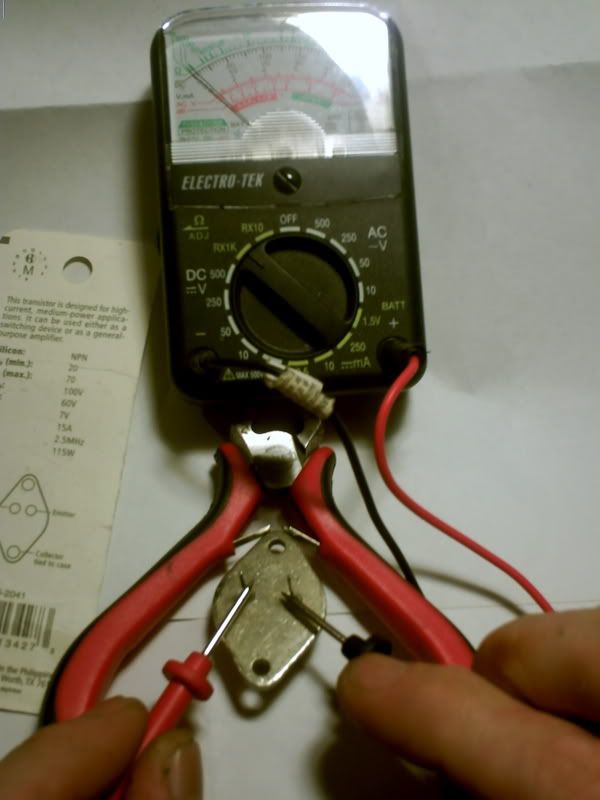Originally posted by Bodkins
I am using the one described in Imhoteps videos
Originally posted by **~Imhotep~**
View Post
When I test between the two opposite wires of each other from the coils I get 0 ohms on 2000k setting. Should they not be opposite coils? Does it have to be side by side?



















Comment